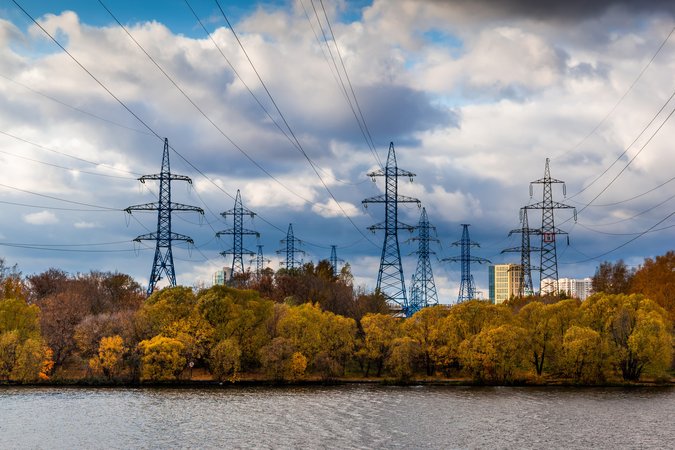Energy and Carbon Dynamics at Advanced Stages of Development: An Analysis of the U.S. States, 1960-1999
View Working PaperThis paper explores the relationships among economic development, energy consumption, and carbon dioxide (CO2) emissions by focusing on a set of advanced economies, the U.S. states. Energy consumption and emissions grew 50–60 percent on average over the 1960–1999 period. The states’ per capita energy consumption and emissions have grown on average 2 percent annually as income and population growth have outpaced improvements in energy intensity of output and carbon intensity of energy. The energy consumption income elasticity is positive but decreasing in income, although energy production takes an inverted-U shape, reflecting the electricity imports among high income states. The standard CO2 measure, corresponding to energy production, is characterized by an inverted-U environmental Kuznets curve. Adjusting emissions for interstate electricity trade yields an emissions–income relationship that peaks and plateaus. The carbon intensity of energy declines in income for total energy consumption and the industrial, residential, and commercial sectors.




